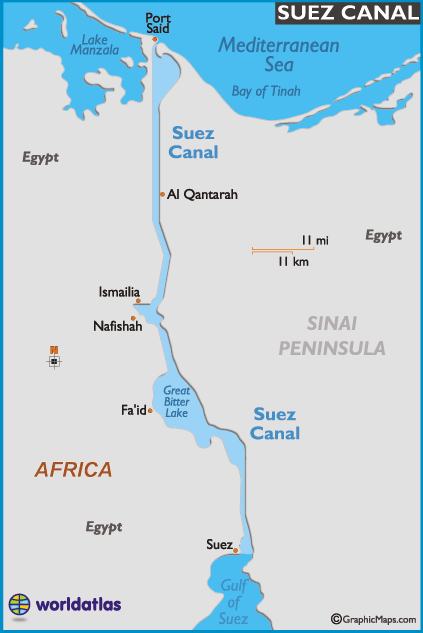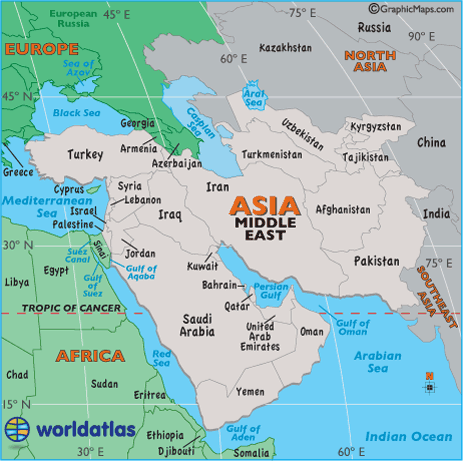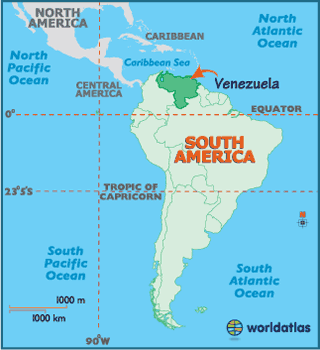- The distance between Mumbai and London is roughly 6,200 nautical miles using the Suez Canal and 10,800 nautical miles taking the longer route around the Cape of Good Hope.
- The opening of the Suez Canal in 1869 reduced transport costs and thus made the exploitation of the Indian market easier:
- It opened in November 1869 after 10 years of construction work, it allows transportation by water between Europe and Asia without navigation around Africa.
- The canal is owned and maintained by the Suez Canal Authority (SCA) of Egypt.
Note: Under international treaty, it may be used "in time of war as in time of peace, by every vessel of commerce or of war, without distinction of flag.
- About 7.5% of world sea trade is carried via the canal today. In 2008, a total of 21,415 vessels passed through the canal and the receipts from the canal totaled $5.381 billion with the average cost per-ship at roughly $251,000
Environmental Impact:
- The opening of the Suez Canal in 1869 created the first salt-water passage between the Mediterranean and Red seas. Although the Red Sea is about 1.2 m (4 ft) higher than the eastern Mediterranean, the current between the Mediterranean and the middle of the canal at the Bitter Lakes flows north in winter and south in summer.
- The current south of the Bitter Lakes is tidal, varying with the height of tide at Suez.
- The Bitter Lakes, which were hypersaline natural lakes, blocked the migration of Red Sea species into the Mediterranean for many decades, but as the salinity of the lakes gradually equalised with that of the Red Sea, the barrier to migration was removed, and plants and animals from the Red Sea have begun to colonise the eastern Mediterranean.
Note: This migratory phenomenon is called Lessepsian migration or Erythrean invasion.
Suez Canal - Surrounding countris
I hope this post gave you a brief idea on Suez canal... Source: Wikipedia











